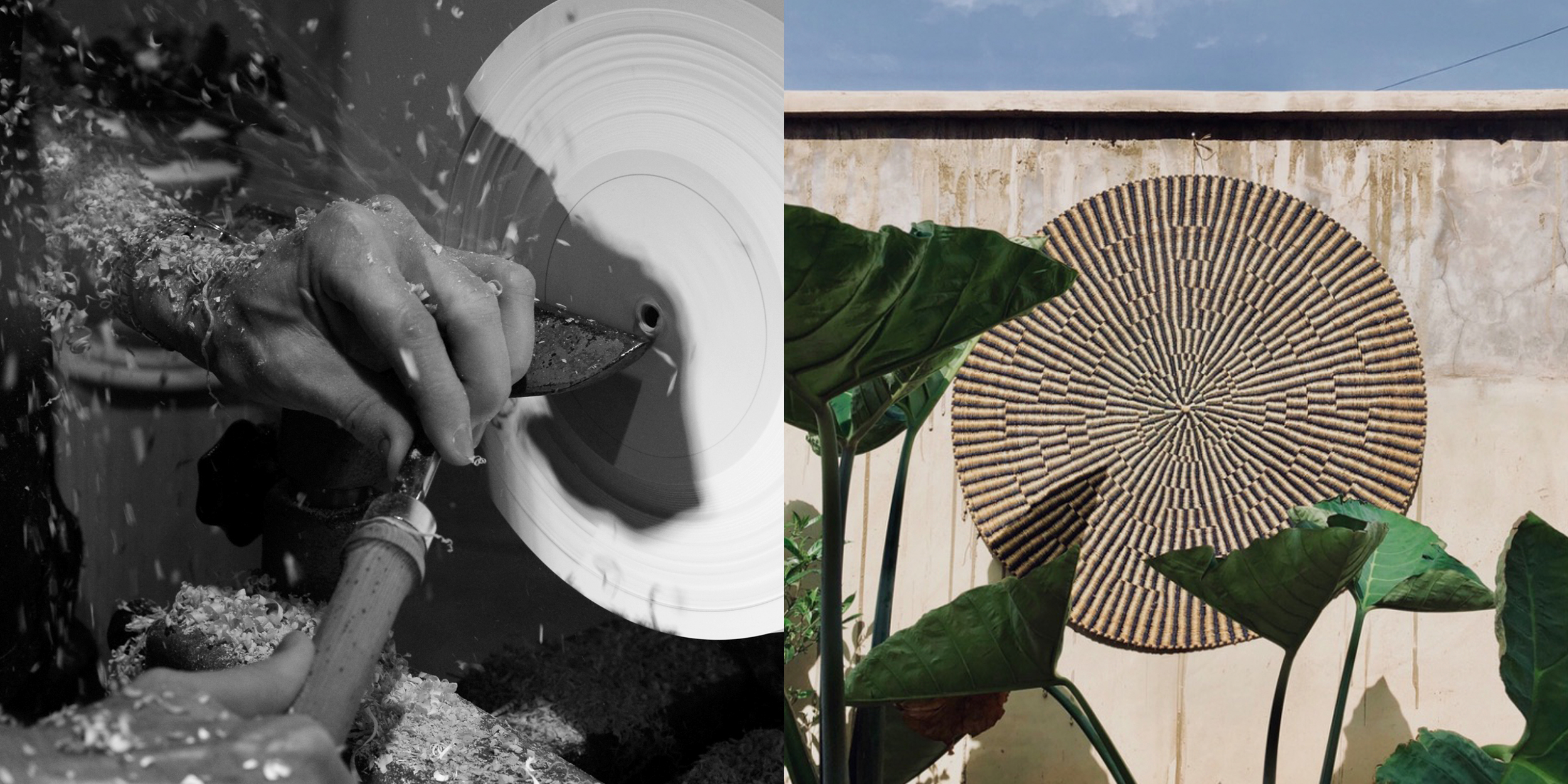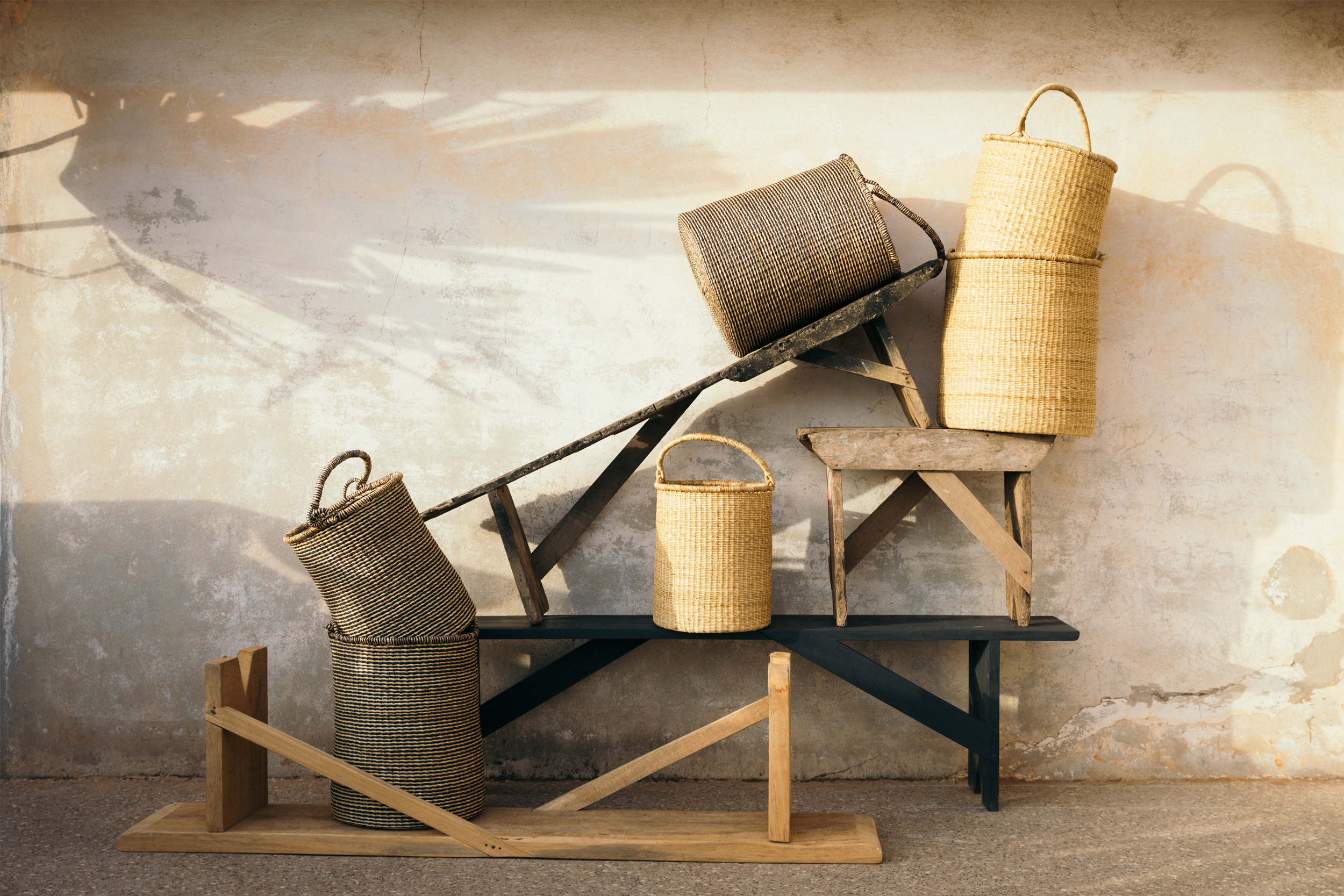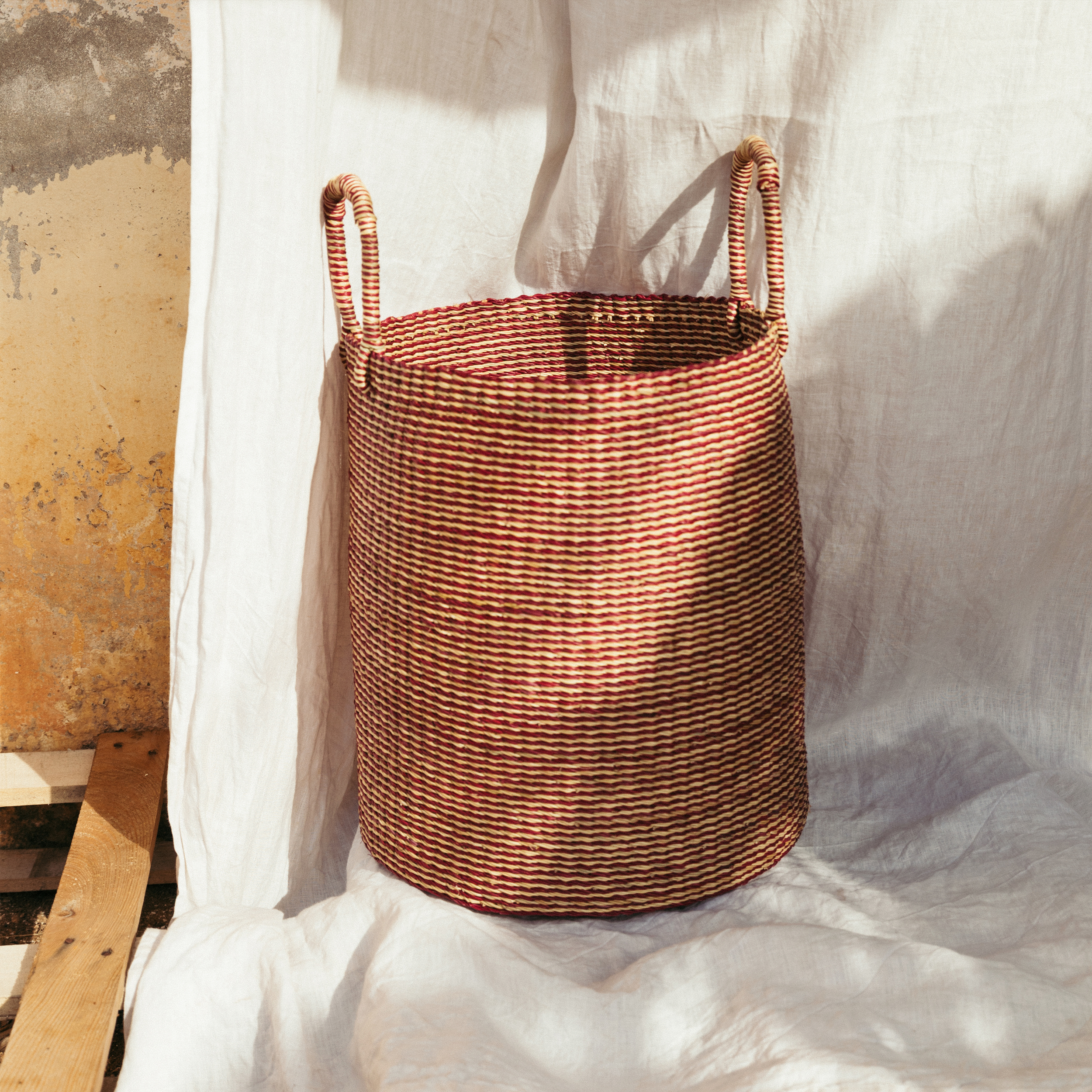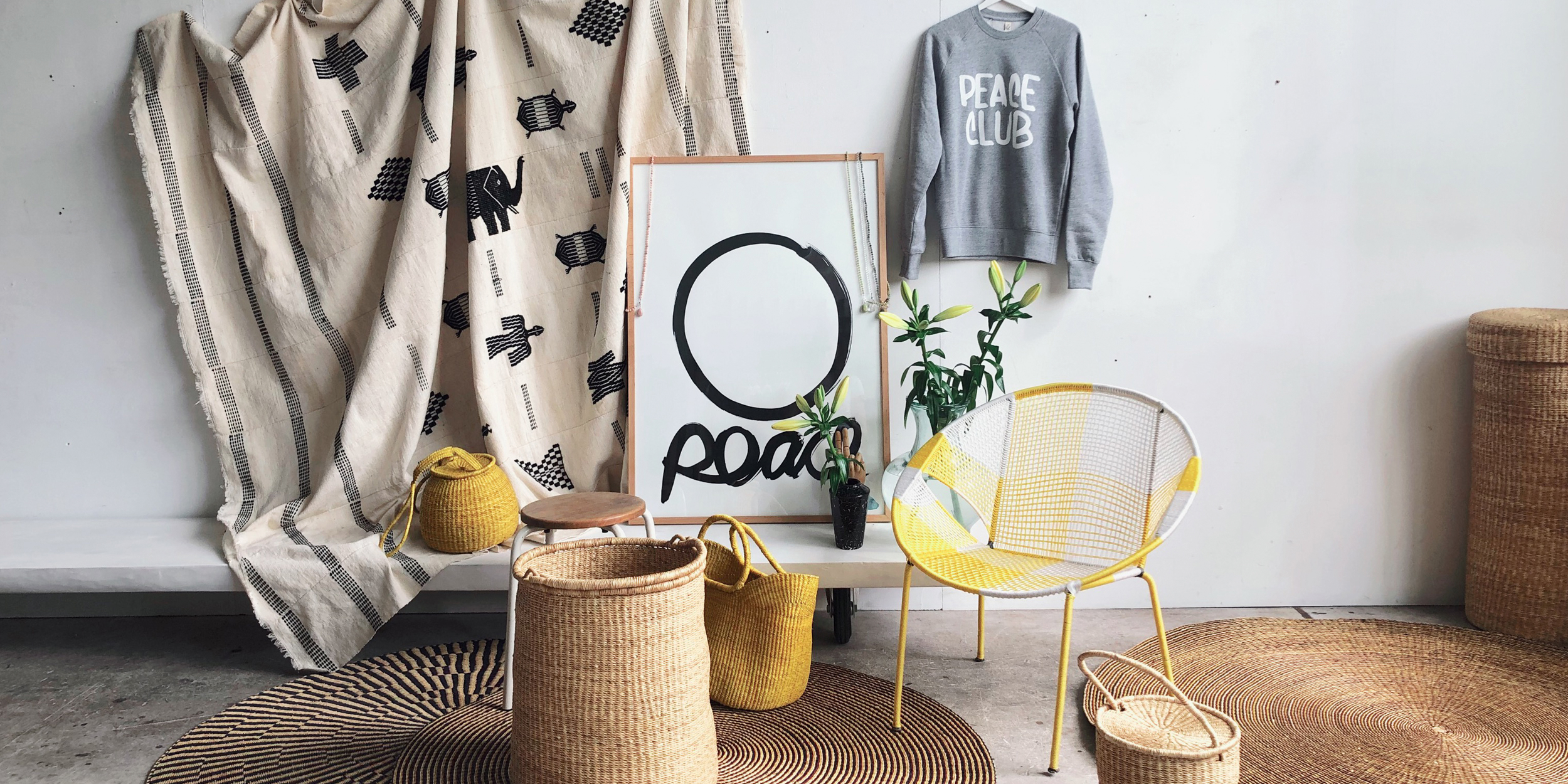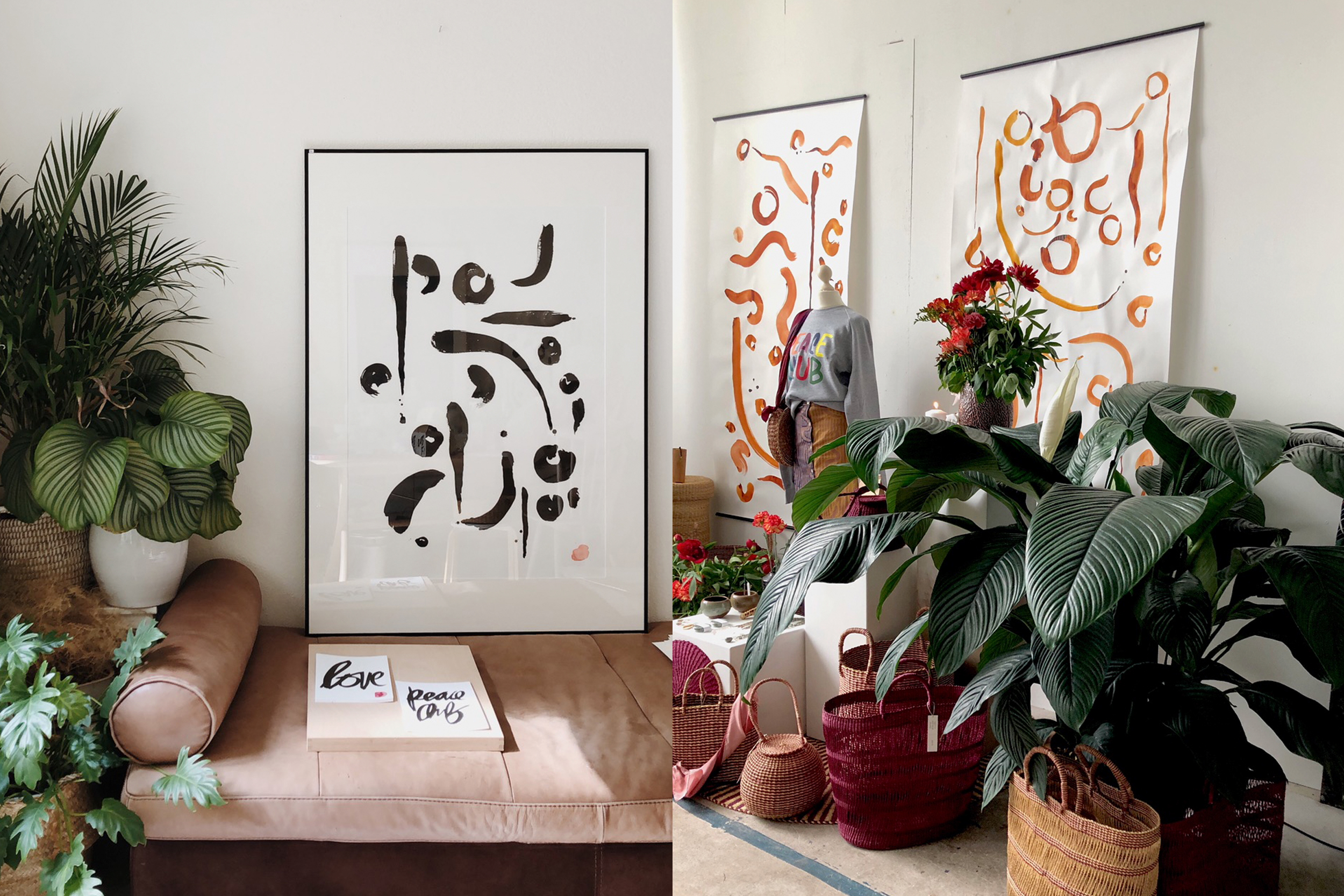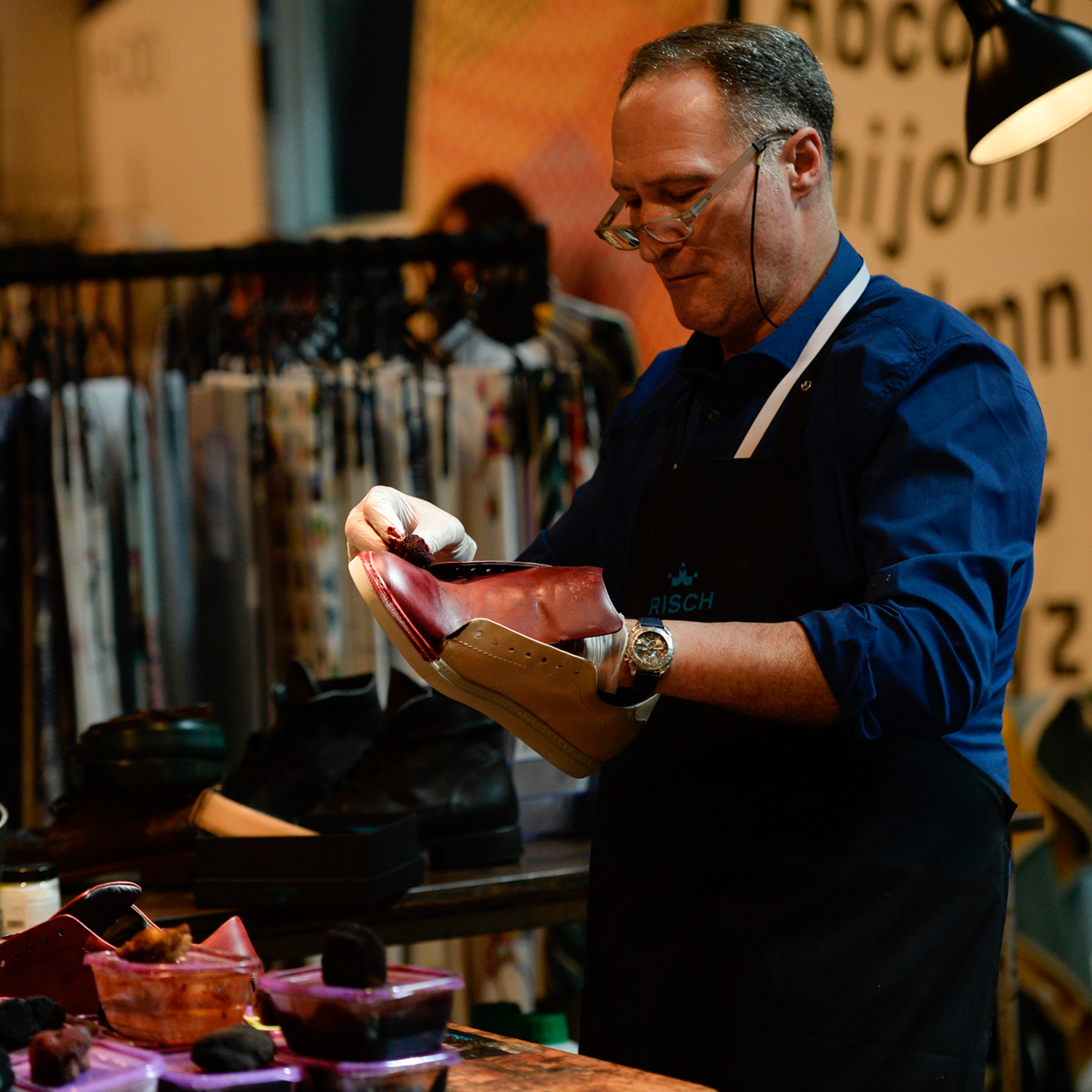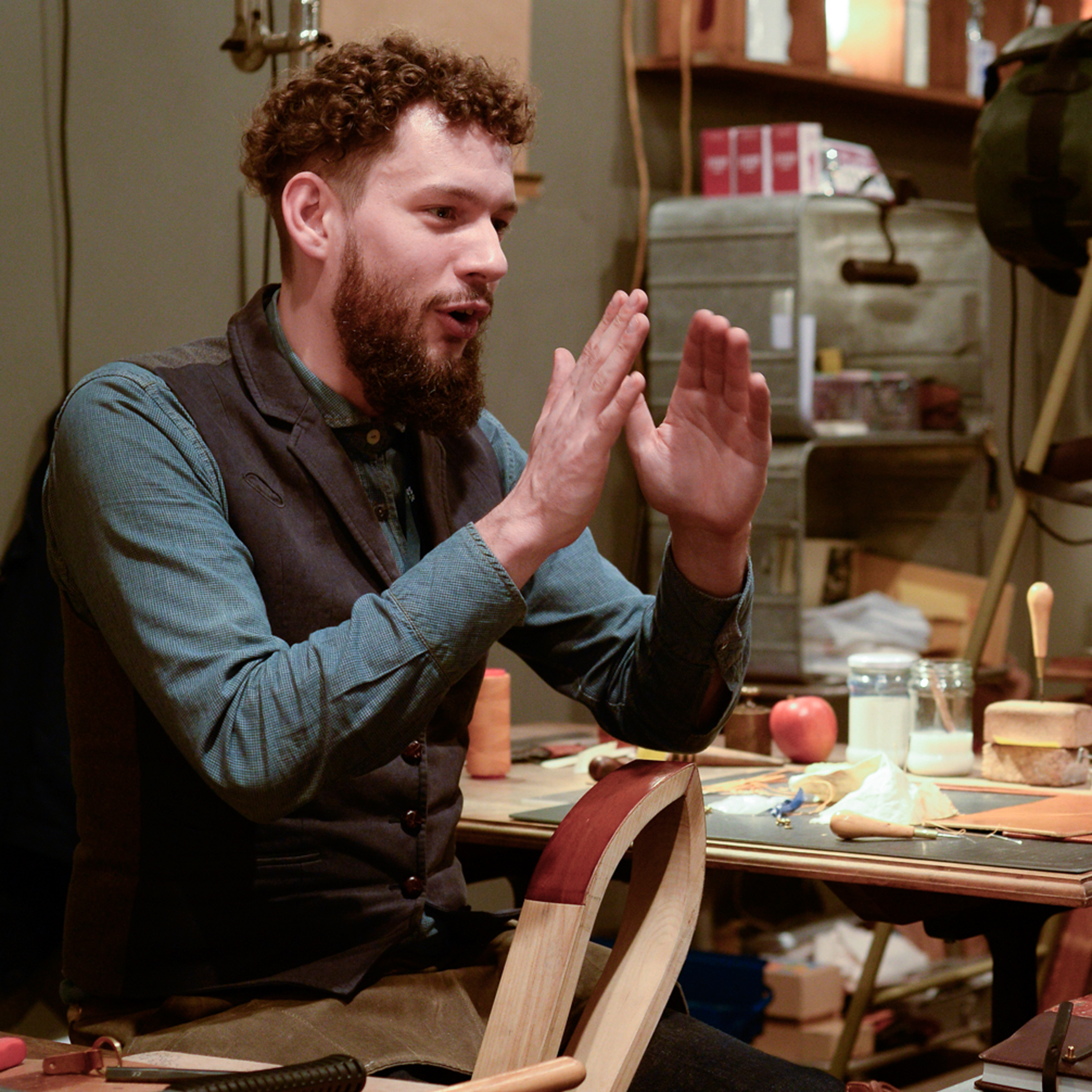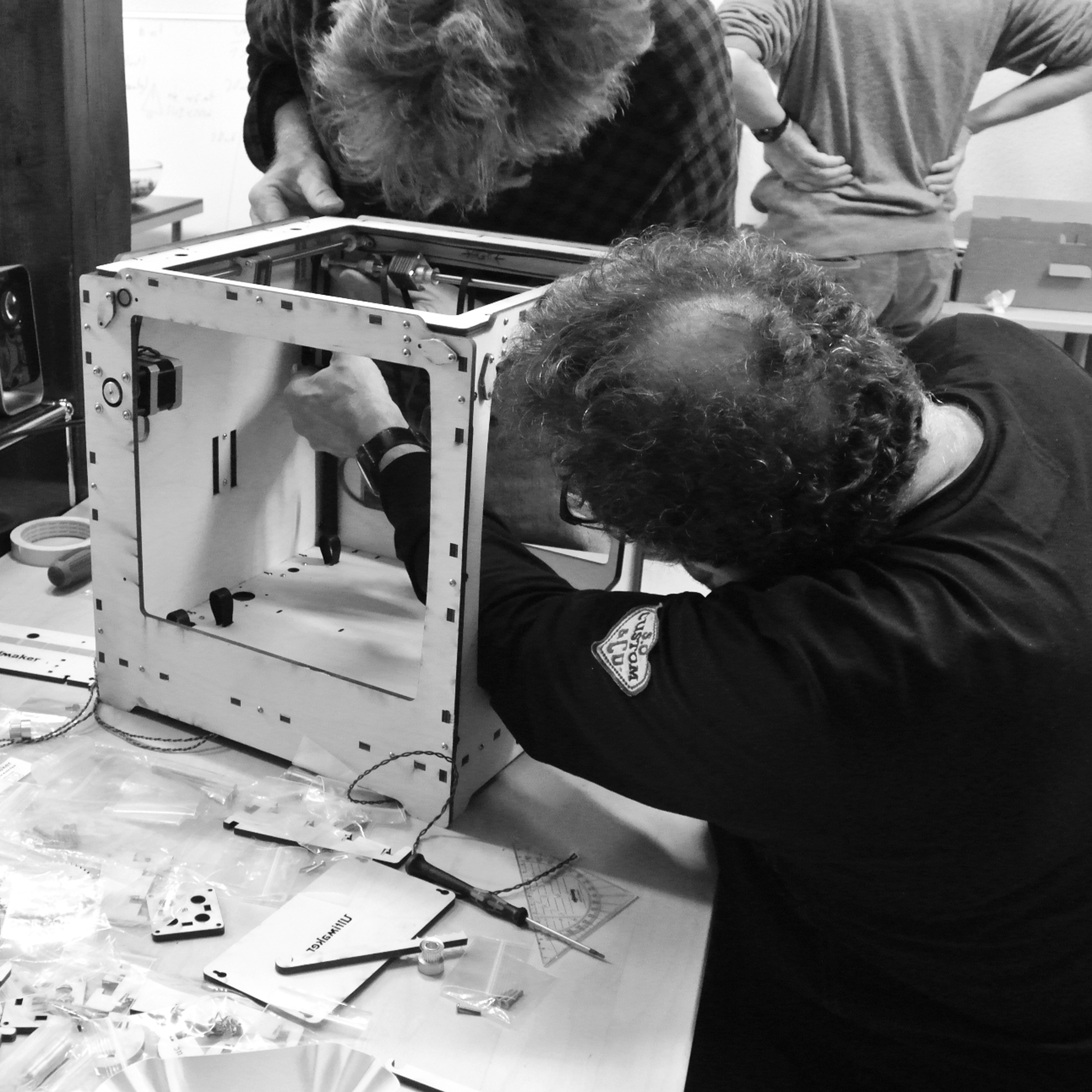Handicrafts are a cult
Nicole Gutschalk • 14.06.2018
The digital era and the era of mass production are promoting the demand for creativity, individualism and sensory awareness. For products that convey a sense of quality, are unique and are not infrequently made by hand. However, anyone who thinks that the so-called maker movement is merely hype, is mistaken.
There was a time when handicrafts was a term of abuse. Anyone who knitted, made pottery or crocheted in their leisure time was regarded as seriously uncool. As a copper-wool-raffia auntie or – gender appropriately – as handicraft Henry. In other words, not a description anyone really wanted to be associated with. On the other hand, anyone who nowadays works with their hands and presents a table, macramé wall hanging or Raku bowl in their home that they have made themselves, is held in high esteem. The fact that recognition is given to something one has made oneself – also often via social media – is however only one of the reasons why handicrafts have been elevated to cult status: Some people use this as a way of criticising the abundance of mass-produced goods. But others see handicrafts as a way of counter-balancing their otherwise overly intellectual jobs – in which they can usually no longer make any association to the end-product of their work. However, others would like to sound out whether they actually have any design skills and perhaps even develop a business from them. Why not? In the final analysis the Internet has drastically reduced the distance from the producer to the consumer, so that nowadays it has become possible to sell locally produced small series online without a great deal of expense. For example via one’s own web shop on Etsy or Dawanda. Platforms, which bring all kinds of designers together and now have turnover running into billions.
Seek, and ye shall find
However, the enjoyment in creating takes some people more by surprise accidentally than as a clearly defined business objective. Searching for something new in life for example because the old ways suddenly seem devoid of meaning or superficial. Like for Kathrin Eckhardt from Zurich. «When I travelled to Ghana for love three years ago, I was ready to turn everything upside down. Suddenly new horizons opened up to me – why not become a teacher? Or a nurse? The former fashion stylist took her time and went with the flow.
«Because only when your head is clear, will new opportunities arise»
Kathrin Eckhardt is convinced. When she visited the markets in the metropolis of Accra with its millions of inhabitants, she finally struck it rich: She came across some basket weavers, who created real marvels in their workshops with a lot of thought. They used natural colours and high quality straw to make tactile objects. «I was excited!» So much so that she then imported a small number of baskets and selected fabrics to Switzerland – as a sort of test run for her circle of acquaintances.
The items were more or less ripped out of her hands. «However, it quickly became clear to me that I do not want to simply re-sell things – I wanted to be involved in the production process and give the products my signature.» Which is what Kathrin Eckhardt has now been doing for two years: She creates patterns and prints for clothes and baskets. Carpets as well as chairs are designed following her designs and colour schemes. Of course this is not possible without close contact to the Ghanaian family businesses, with which she works. And also not without the occasional misunderstanding. «No wonder because two worlds are colliding here – so both sides have to keep explaining what they are actually talking about.» The fact that this discussion is worthwhile can be seen in Kathrin Eckhardt’s products.
Creating connections
«How a product is sold, has a lot to do with the person who is behind it»
When it’s about bringing things together, then Marisa Burn is an expert. The former design student, who was born in Aargau, understood at an early stage that people want more than simply consuming blindly. They also want to know what lies behind a product, who has created it and what materials were used to make it. As one of the early bloggers, in 2007 she already brought the things together in her HopeHope online magazine that satisfied her aesthetic requirements and provided interesting background information on the relevant products. However, only describing beautiful things began to make no sense to Marisa Burn over time. She wanted to make things herself. She wanted to design things, which have a soul, provide enjoyment and celebrate the moment. She calls them anchor products. Products, such as the «Holy Mountain» surface cleaner, which is supposed to make cleaning into a mindful experience. «This because we actually all have to clean, so why shouldn’t this unpopular task also be something enjoyable?», says Marisa Burn.
It was obvious that she would also go her own way as far as sales strategy is concerned. Anyone who thinks they will come across her pictures, earrings, herbal tea mixtures, clothing and cleaning products in an anonymous sales corner of a department store, will search in vain. Marisa Burn sells most products through her own channels, via the e-shop or at her Burninglights-Market, which is held on a regular basis as well as her Burninglights-Tour – that she now runs together with Kathrin Eckhardt. This is because both artisans have a lot in common and are in complete agreement on one point: «How a product is sold, has a lot to do with the person who is behind it», says Marisa Burn. The fact that the sales women appreciate direct contact with the makers, is evident at the Burninglights events.
Making handicraft into an experience
«People have always been interested in good products. We have simply increasingly distanced ourselves from this idea over the last 50 years.»
«Don’t focus too much on the interactive side!» Regina Gregory and her team were advised when they were in the middle of preparations for her Criterion festival – a festival for design and gastronomic culture. But that was precisely her intention. «We wanted to create a tactile experience, in which visitors can also actively participate», says Regina Gregory. Everything fell into place: Despite the summery temperatures, thousands of visitors came to the trade fair halls in Zurich to sharpen their own knives, cast ceramics, mull over thoughts in the ideas workshop or find out more about beautiful writing. «There was enormous enjoyment with what they had created themselves – all our workshops were completely sold out», says Regina Gregory proudly. In addition, a large number of artisans were given a platform at Criterion to showcase their creations: For example one could watch how horsehair mattresses were sewed, how worms make compost from vegetables in an ingenious mini eco-system or how schnapps is distilled. «Skilled crafts make people happy», Regina Gregory is convinced of this. She does not subscribe to the theory that the quality rating of a product has become of interest to people only recently. On the contrary: «People have always been interested in good products. We have simply increasingly distanced ourselves from this idea over the last 50 years.» But it has since become clear to many consumers that cheaply mass-produced goods are above all one thing: Annoying! And recently no more than an insidious sales strategy to bind customers and replace defective cheap goods quickly with new ones.
Breeding ground of the future
The trend of the maker movement has also been presenting its technical, digital and extremely scientific side over the last few years. In the form of innovators, visionaries, technology nerds and inventors. And also in the end they primarily want one thing from us: To use their knowledge to make the world a slightly better place. So-called FabLabs are part of these public breeding grounds for technical inventions, and one of them is located in Bern. «When we started opening our doors six years ago – mainly to make our 3D-printer available to the general public – it was chiefly people from the ranks of the model builders who came by to create planes or landscapes for model railways as they imagined them», says Ramun Hofman, co-founder of FabLabs in Bern. «In the meantime there are all kinds of innovators and craftsmen who come along to launch small product series.» They include spectacle makers, textile designers or also tailors. It was a great pleasure for the FabLab operator to watch how people’s fear of their own creations was gradually overcome as soon as they were familiar with using equipment such as the laser cutter and 3D-printers. «People approach the task really bravely – puzzle over product solutions, experiment with materials and shapes», says Ramun Hofman and adds: «Since our audience has also recognised that in principle one can reproduce every spare part of a defective product – whether it’s a piece of furniture or a technical device –, the repair scene is also expanding continually.»
Just the Beginning
Millions of people have set off on this path worldwide. As artisans, they are part of the so-called «Maker Movement» and take great risks to establish their own small companies and become involved with the production and sale of the products they have made themselves. Democratic access to knowledge and technology has simplified lots of things and awakened the desire in large numbers of people to take back more control over their lives; as workers and as consumers. It is assumed that this change will ultimately also affect the manufacturers of mass-produced goods. All kinds of makers – from the food sector to handicraft and technology – will continue to drive each other forwards to create new, innovative products and services. This is because: The maker-movement has really only just begun.
PHOTOGRAPHY: Alan Maag, Giglio Pasqua
